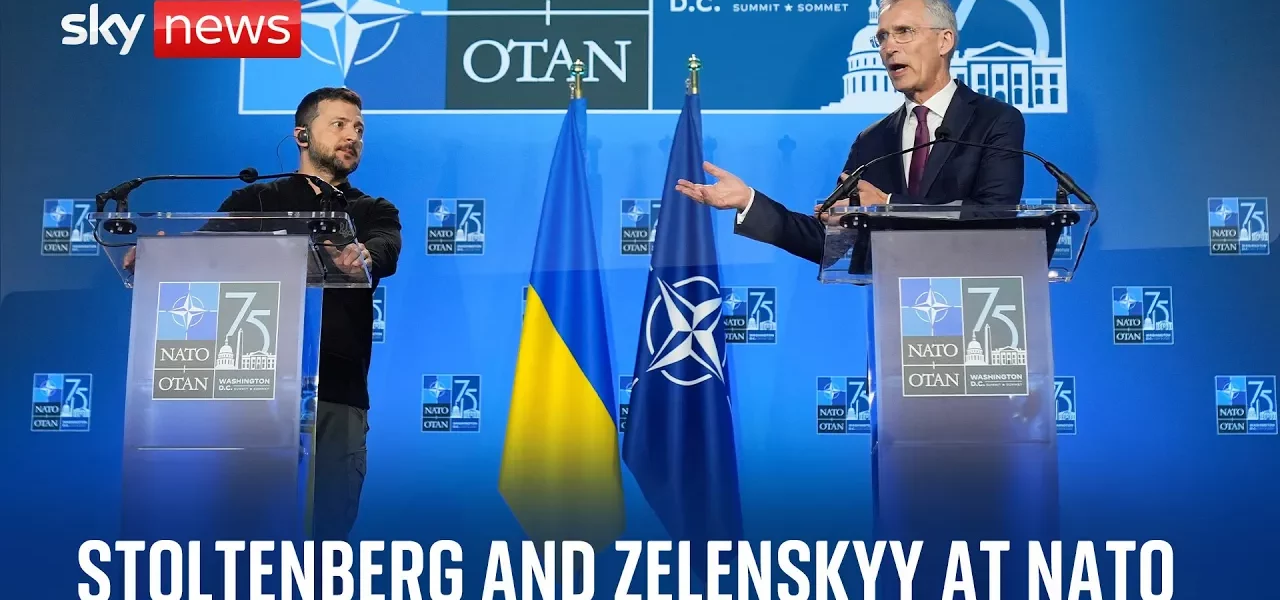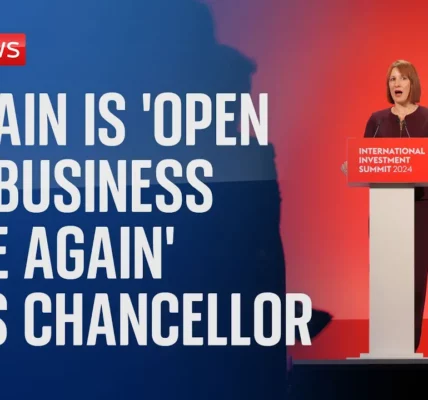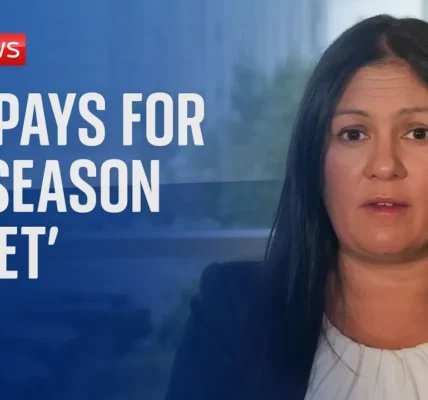NATO Summit: Ukraine’s Path to Membership and Response to Russian Aggression

This article provides a comprehensive overview of the pivotal discussions held during the recent NATO summit, focusing on Ukraine’s journey towards membership and the strategic response to ongoing Russian aggression. Key insights, statements from leaders, and the broader implications for global security are explored.
Introduction
The recent NATO summit marked a significant moment in international relations, particularly in the context of Ukraine’s ongoing conflict with Russia. As discussions unfolded, the focus was not only on military support for Ukraine but also on the strategic implications of its potential membership in NATO. The summit underscored the unity among NATO allies and their commitment to countering Russian aggression, which has persisted since the invasion of Ukraine. The leaders emphasized the importance of maintaining support for Ukraine to deter further hostilities from Russia, thus highlighting the interconnectedness of security and diplomatic efforts in the region.
Ukraine’s Movement Towards NATO Membership
One of the central themes of the summit was Ukraine’s aspiration to join NATO. The leaders reiterated a strong commitment to facilitating Ukraine’s membership process, emphasizing that every step taken brings Ukraine closer to full NATO membership.
The Irreversibility of Ukraine’s NATO Path
Statements from NATO officials indicated a clear recognition of the irreversible nature of Ukraine’s movement towards NATO. This includes:
- Continued military support and training programs for Ukrainian forces.
- Long-term financial pledges to bolster Ukraine’s defense capabilities.
- Enhanced interoperability between NATO and Ukrainian military systems.
Challenges and Realities
Despite the support, challenges remain. The ongoing conflict with Russia complicates the timeline for membership. NATO leaders acknowledged that while formal membership may not be feasible during wartime, the alliance remains committed to Ukraine’s sovereignty and territorial integrity.
Response to Russian Aggression
The summit also addressed the growing concerns regarding Russian aggression, particularly the reported plots against defense industry leaders and the broader threats posed by Russian military actions.
Intelligence Sharing and Security Measures
NATO allies have increased their intelligence-sharing efforts to counter Russian hostility. This includes:
- Monitoring potential threats against NATO allies.
- Coordinating responses to sabotage and cyber-attacks attributed to Russian security services.
- Implementing arrests and legal actions against individuals involved in hostile actions across member countries.
Military Aid and Defensive Strategies
In light of the escalating conflict, NATO has agreed to a comprehensive package of military aid for Ukraine, which features:
- Provision of advanced air defense systems.
- Increased shipments of ammunition and military hardware.
- Long-term security agreements aimed at enhancing Ukraine’s defense posture.
Discussion on Military Operations
During the summit, questions arose regarding Ukraine’s capacity to strike military targets in Russia. NATO officials clarified that Ukraine retains the right to self-defense under international law, which includes striking legitimate military targets on Russian territory.
Changes in Weapon Use Restrictions
Some NATO allies have begun to ease restrictions on the use of long-range weapons, allowing Ukraine to effectively target Russian military installations. This shift is crucial for:
- Enhancing Ukraine’s defensive capabilities against ongoing attacks.
- Ensuring that Ukraine can respond effectively to threats against its civilians.
Strategic Importance of Military Aid
The continuous military support from NATO allies is pivotal in maintaining Ukraine’s defense strategy. The leaders emphasized the need for:
- Timely delivery of military equipment.
- Collaboration among allies to ensure cohesive support.
- Adaptation to the changing nature of warfare, particularly in response to Russian tactics.
Conclusion
The NATO summit has reinforced the alliance’s commitment to supporting Ukraine amidst ongoing tensions with Russia. The discussions highlighted the importance of both military assistance and the strategic pursuit of Ukraine’s NATO membership. As NATO continues to adapt its strategies in response to Russian aggression, the unity and resolve of its members will play a critical role in shaping the future security landscape of Europe.
In conclusion, the path towards NATO membership for Ukraine is not merely a geopolitical maneuver; it represents a collective commitment to uphold democratic values and international law against aggression. Continued support from NATO allies will be essential as Ukraine strives for both survival and eventual integration into the alliance. For further insights on NATO’s strategies and Ukraine’s defense, explore our related articles on military diplomacy and international security.
“`




